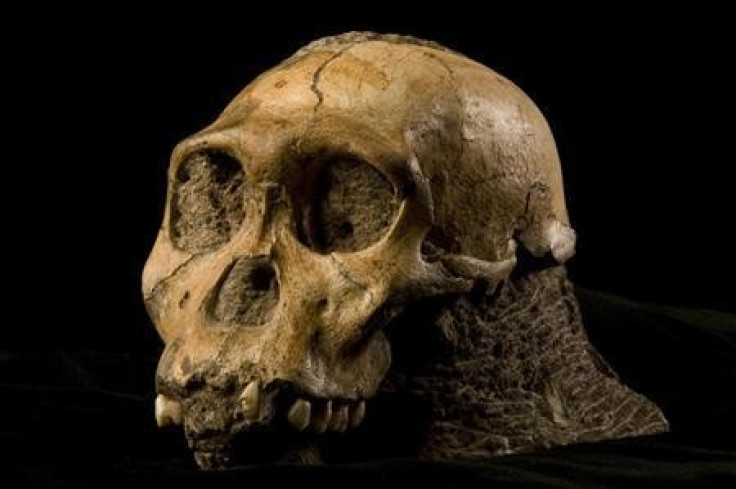Scientists Find Possible Missing Link between Ape and Man (VIDEO)

Until now, it was believed that our earliest identifiable ancestors were Homo habilis, whose fossils had been found in East Africa. But since the discovery of Australopithecus sediba in a South African cave in 2009, scientists now think they have found the missing link between humans and apes.
Australopithecus sediba had ape arms but human-like hands, which could have been used to make tools and climb trees, a small but human-shaped brain and a pelvis which allowed it walk in an upright fashion.
Scientists believe these species, said to have lived in South Africa 2 million years ago, may be our closest ancient relative.
The remains were found to be of an adult female and a child. They apparently fell through a fissure in a cave roof and remained alive for weeks with little or no food before meeting their end. They were then washed by a rainstorm into an underground pool where they gradually solidified into rock.
In addition to this, the team thinks it may have found samples of fossilized skin. If confirmed, the discovery would mark the first time any type of soft tissue has been recovered from an early human ancestor.
Lee Burger, a paleoanthropologist at the University of Witwatersrand in Johannesburg who led the team, said the skeletons possessed an extraordinary mix of primitive, ape-like features alongside traits that define modern humans today.
"What is remarkable about Australopithecus sediba is that, as a field, it is a discovery we never thought would be made: a bona fide transitional species," Burger said.
"It is a humbling experience. These are skeletons that you realise are going to be studied by humans for as long as humans study themselves. And that gives you some pause," he added.
Check out the video which shows replica casts of two specimens of Australopithecus sediba.
© Copyright IBTimes 2024. All rights reserved.





